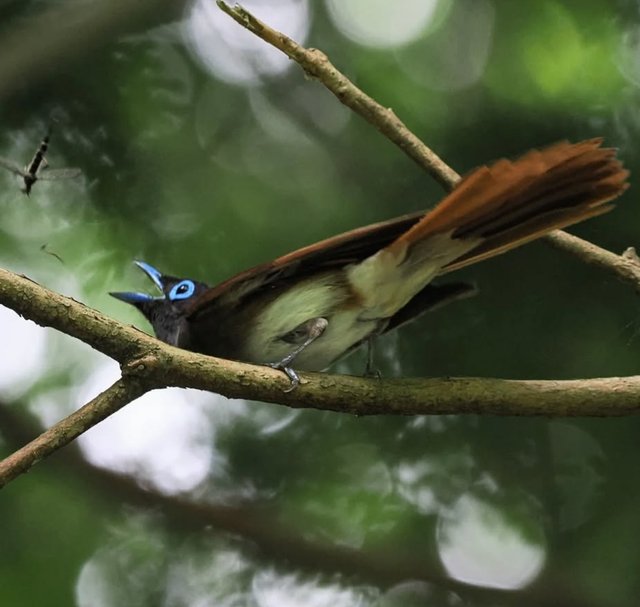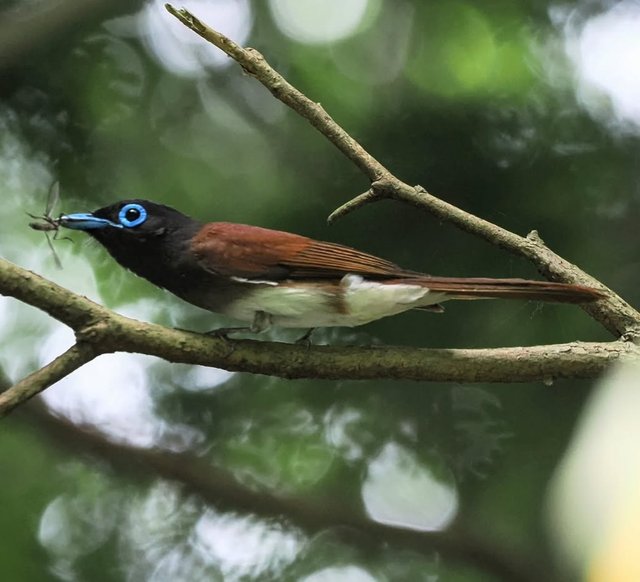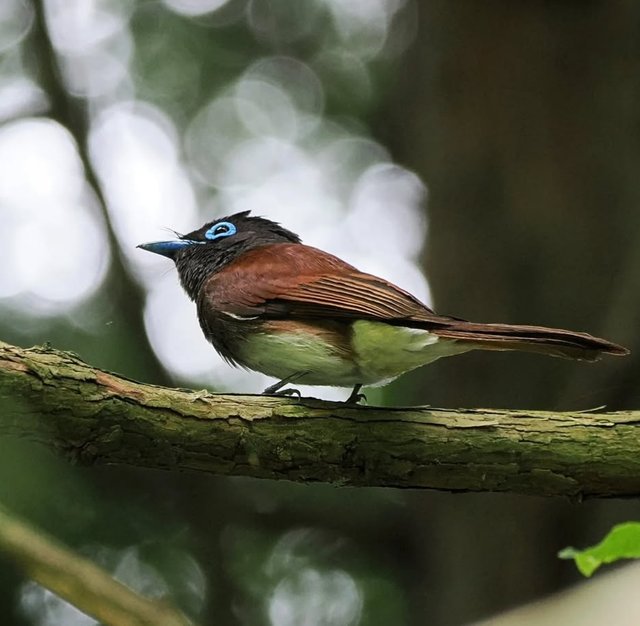So Cute Seychelles Paradise Flycatcher Bird
The Enigmatic Seychelles Paradise Flycatcher: A Jewel of Island Conservation
Deep in the heart of the Indian Ocean lies a rare avian gem, the Seychelles Paradise Flycatcher, one of the world’s most striking and critically significant bird species. This elusive, glossy-black songbird, with its long trailing tail feathers and elegant demeanor, has captured the imagination of ornithologists, conservationists, and nature lovers alike. Endemic to the Seychelles archipelago, the flycatcher is not only a symbol of natural beauty but also a testament to the power—and fragility—of island ecosystems.
A Rare Beauty
The Seychelles Paradise Flycatcher is instantly recognizable. Males are adorned in a deep, velvety black that shimmers with a bluish sheen in the sunlight. Their most distinguishing feature is their extravagant tail—two long ribbon-like feathers that can reach up to 30 cm in length, more than twice the size of the bird’s body. Females, by contrast, are more subtly colored, with chestnut-brown upperparts, pale underparts, and a shorter tail, but they possess a quiet elegance that is equally captivating.
These birds exhibit classic flycatcher behavior—darting from branches to catch insects mid-air with impressive agility. Their diet consists mainly of flying insects such as moths, beetles, and flies, though they also glean prey from leaves and branches in their densely forested habitat.
A Species on the Brink
Once widespread across the Seychelles, the Paradise Flycatcher now clings to survival primarily on La Digue Island, with translocated populations on Denis Island and ongoing conservation interest in other potential sites. This dramatic range reduction is largely due to habitat loss, invasive species, and the limited size and isolation of suitable forest environments.
By the 1960s, only about 25–30 individuals were estimated to remain on La Digue. The decline was so stark that the bird was one of the first to be listed as Critically Endangered by the IUCN. Deforestation for coconut plantations and development, combined with the introduction of predators like cats and rats, pushed the flycatcher to the edge of extinction.
Conservation Success Stories
Fortunately, dedicated conservation efforts over the past few decades have helped reverse the flycatcher’s decline. The establishment of the Veuve Special Reserve on La Digue provided a protected area for breeding and feeding. Reforestation, habitat restoration, and the control of invasive predators have further improved the prospects for this species.
Thanks For Reading
Device Information
| Device | cannon eos 700D |
|---|---|
| Lens | 55-250 zoom leans |
| Location | Bangladesh |




